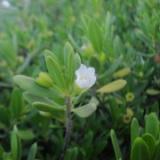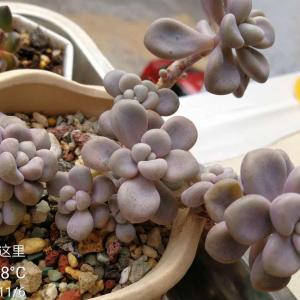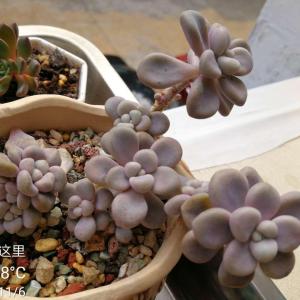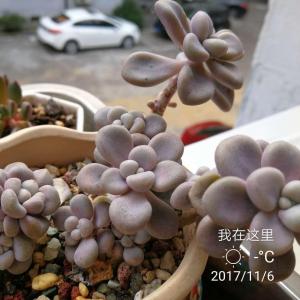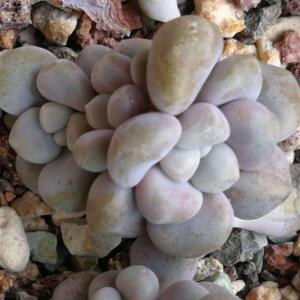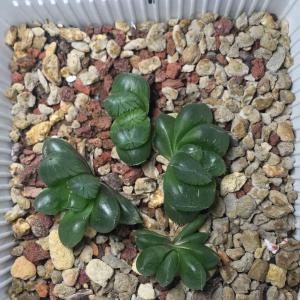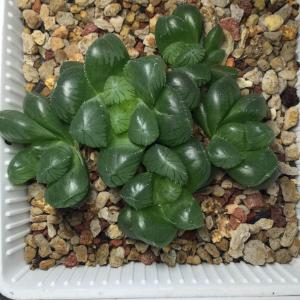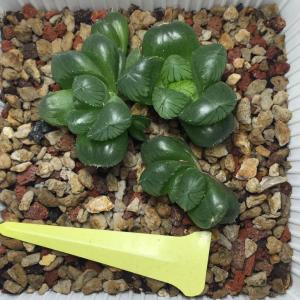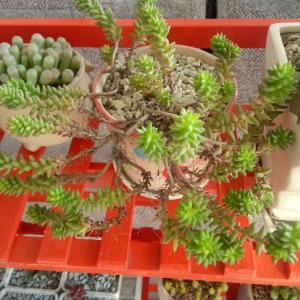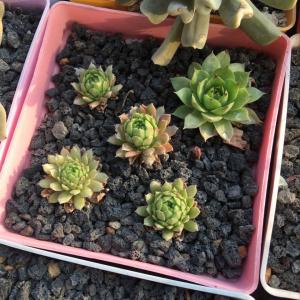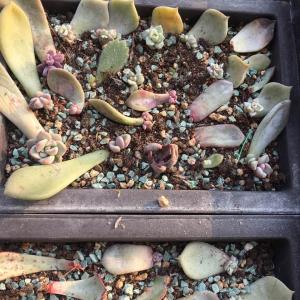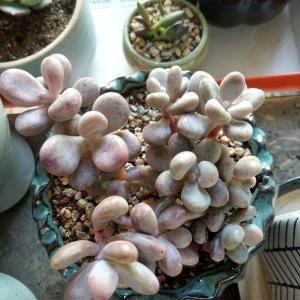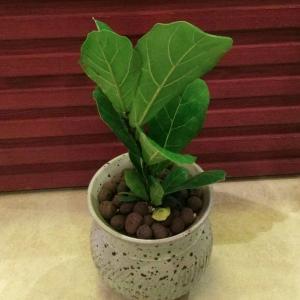成长记
青鱼酱
2017年11月07日

在我深陷种花大坑的时候,却给了我一个封闭阳台,而且光照位置还不稳定😂
陆续搬我的苗苗中,!把大牵牛4棵都定植了,又摘了一次心,一加仑的盆子貌似不算太挤吧,大牵牛的根系真的很强大,希望能快速适应新环境啦!
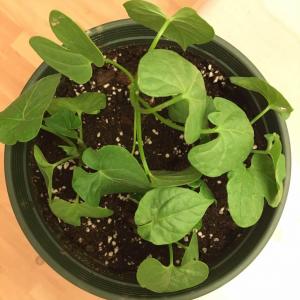
陆续搬我的苗苗中,!把大牵牛4棵都定植了,又摘了一次心,一加仑的盆子貌似不算太挤吧,大牵牛的根系真的很强大,希望能快速适应新环境啦!

0
0
文章
Miss Chen
2017年11月05日

Blueberries, namely the Northern highbush blueberry (Vaccinium corymbosum), is the bush most commonly cultivated throughout the United States. It is hardy in U.S. Department of Agriculture zones 4 through 8, and when mature, produces small, round, dark blue berries that, with proper care and harvest, can be very sweet. The sweetness of blueberries depends primarily on harvesting at the right time and proper bush care. You can sometimes ripen blueberries after they are harvested, but most of the sugar production occurs prior to picking.

Knowing When to Harvest
Blueberries are the sweetest if they are left to ripen fully on the bush. Once berries have turned fully blue -- with no white, green or red parts or stems -- they are ready to harvest three to seven days later. Properly ripe blueberries will also be slightly dull-looking and not shiny. Fully ripe berries should fall off of the bush easily. Tickle the bunches of fruit to remove fully ripe berries while leaving the others to ripen longer.
Ripening After Harvest
Harvested white, red or green berries will not continue to ripen. In some cases, you can ripen berries that have already turned blue by placing them in a closed paper bag in a dark location. A paper bag traps the gas the berries produces but still allows air flow. Although this method will cause berries to become softer and juicier, the berries will not turn any sweeter. Do not wash berries until immediately before eating or freezing.
Watching Water
Too much water can cause blueberries to become bloated with a mild rather than intense sweet flavor. In many cases, blueberries are often sweeter during years that receive less rainfall as the sugars in the fruits are more concentrated. Because of this, avoid over-irrigation. Water blueberry plants during the day, keeping the soil evenly moist but not saturated. During the growing season, water 1 inch per week and 4 inches per week when the fruit is setting and ripening. Water the plant evenly on all sides. Water deeply once every couple of days rather than a shallow watering daily. Deep watering encourages a stronger root structure, ensuring a healthier plant.

Selecting Sites for Sun and Soil
For berries to ripen well and fully, they require regular sun exposure as well as proper nutrition for the plant. Blueberries grow best in direct sunlight. Not enough sun can cause berries to be perpetually tart rather than sweet as sunlight is needed for sugar production in the fruit. Blueberries thrive in well-draining soil and they do well in acidic soil, with a pH level of 4.5 to 5. If a soil test shows the soil is not sufficiently acidic, amend it with sulfur or peat moss to encourage a lower soil pH.

Knowing When to Harvest
Blueberries are the sweetest if they are left to ripen fully on the bush. Once berries have turned fully blue -- with no white, green or red parts or stems -- they are ready to harvest three to seven days later. Properly ripe blueberries will also be slightly dull-looking and not shiny. Fully ripe berries should fall off of the bush easily. Tickle the bunches of fruit to remove fully ripe berries while leaving the others to ripen longer.
Ripening After Harvest
Harvested white, red or green berries will not continue to ripen. In some cases, you can ripen berries that have already turned blue by placing them in a closed paper bag in a dark location. A paper bag traps the gas the berries produces but still allows air flow. Although this method will cause berries to become softer and juicier, the berries will not turn any sweeter. Do not wash berries until immediately before eating or freezing.
Watching Water
Too much water can cause blueberries to become bloated with a mild rather than intense sweet flavor. In many cases, blueberries are often sweeter during years that receive less rainfall as the sugars in the fruits are more concentrated. Because of this, avoid over-irrigation. Water blueberry plants during the day, keeping the soil evenly moist but not saturated. During the growing season, water 1 inch per week and 4 inches per week when the fruit is setting and ripening. Water the plant evenly on all sides. Water deeply once every couple of days rather than a shallow watering daily. Deep watering encourages a stronger root structure, ensuring a healthier plant.

Selecting Sites for Sun and Soil
For berries to ripen well and fully, they require regular sun exposure as well as proper nutrition for the plant. Blueberries grow best in direct sunlight. Not enough sun can cause berries to be perpetually tart rather than sweet as sunlight is needed for sugar production in the fruit. Blueberries thrive in well-draining soil and they do well in acidic soil, with a pH level of 4.5 to 5. If a soil test shows the soil is not sufficiently acidic, amend it with sulfur or peat moss to encourage a lower soil pH.
0
0




